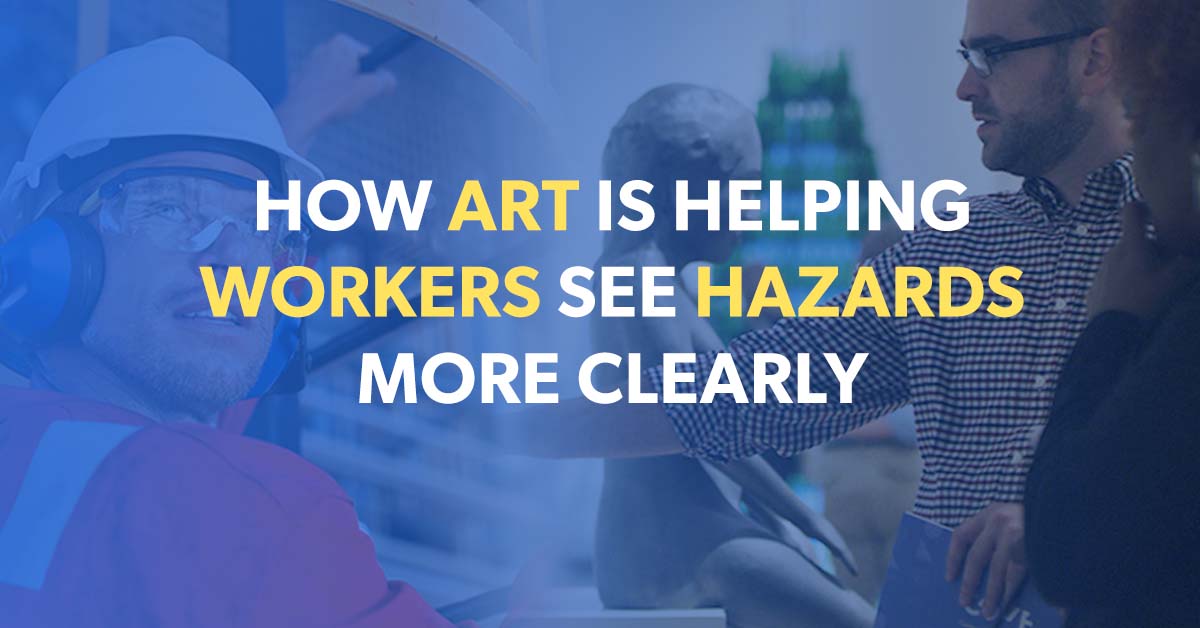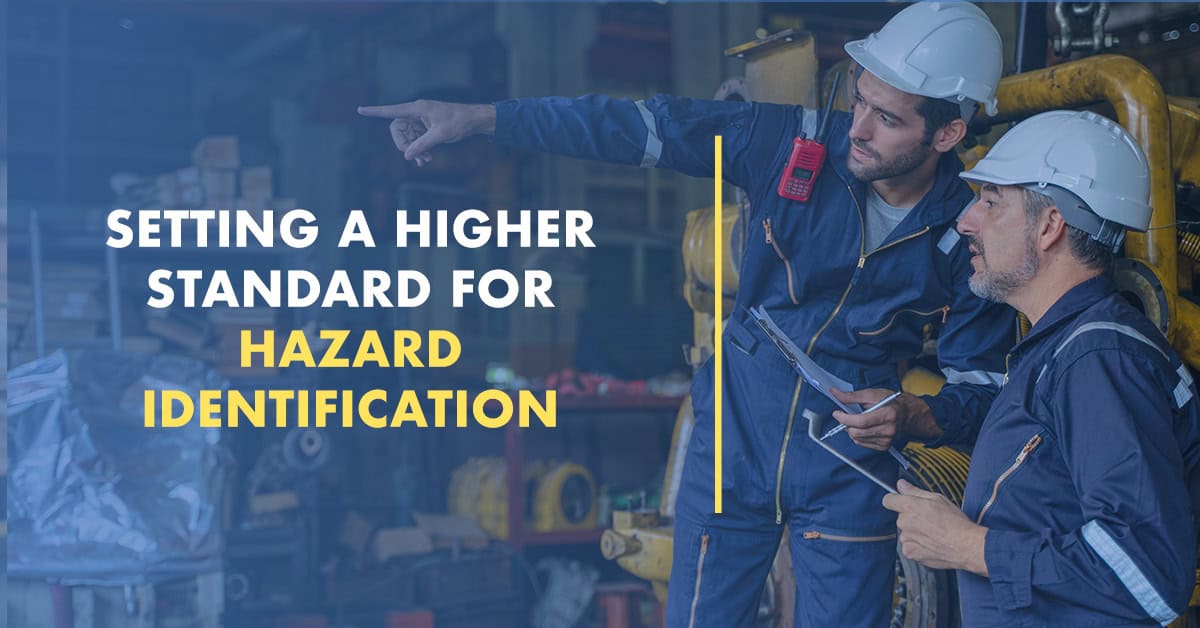What Does Art Have to Do with Safety? More Than You Might Think.
When people first hear that we use art museums and art-based training to improve safety performance, the response is often the same: “Wait… what does art have to do with safety?”
It’s a fair question. And an important one.
The connection may not be immediately obvious—but once experienced, it’s incredibly powerful. At COVE, we’re often asked if workers, particularly in industrial settings, are truly interested in learning through something art-based. And we can confidently say: yes, they are—often even more than expected.
Turning The Unfamiliar Into Transformational
Sure, there may be a little discomfort at first. For many, stepping into a museum or analyzing artwork feels far from their day-to-day environment. But that discomfort fades quickly. Why?
Because art is not about having the right answers—it’s about careful observation, interpretation, and discussion. It’s personal, exploratory, and safe. And that creates the perfect foundation for learning how to see the world differently.
Once participants settle into the experience, they begin to realize that art isn’t the point—it’s the starting point.
From the Gallery to the Job Site
Our approach begins in a place that’s unfamiliar, yet emotionally and cognitively engaging. As workers explore visual details in art, they’re sharpening skills they didn’t even realize they had—like attention to subtle detail, questioning assumptions, and articulating what they see.
And then the real magic happens: we bridge that experience back to the workplace.
We move from interpreting artwork to identifying real-world hazards. The connection becomes clear. The process of “close looking” becomes second nature. And the application of visual literacy tools in industrial settings starts to shift not only what people see—but how they see.
Why It Works
This method is effective because it’s:
- Innovative – It breaks out of the traditional safety training approaches.
- Challenging—but approachable – It encourages curiosity and deeper thinking in a non-threatening environment.
- Sticky – The experience is memorable, making it easier for learners to apply concepts back on the job.
Want to hear more?
Watch this short video to hear how we connect art and safety, and why this approach resonates so strongly—even with workers who never imagined learning about safety in a museum.




